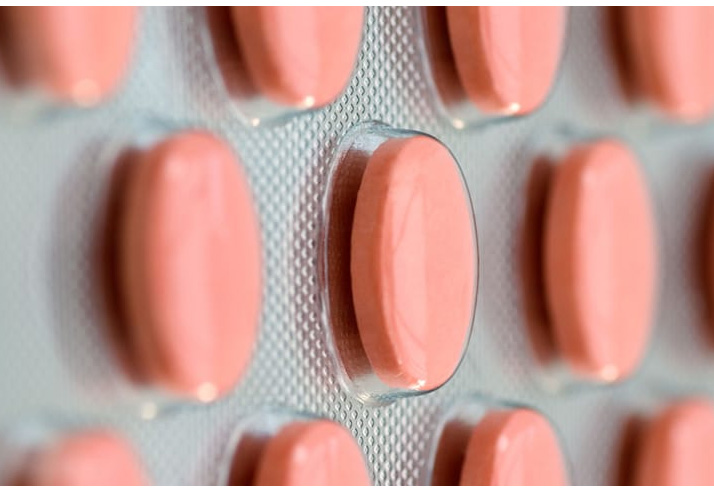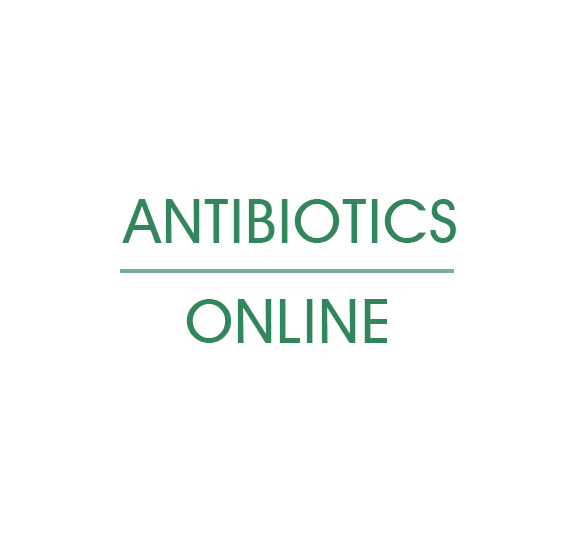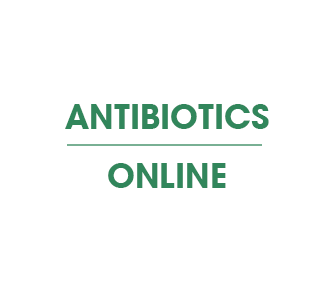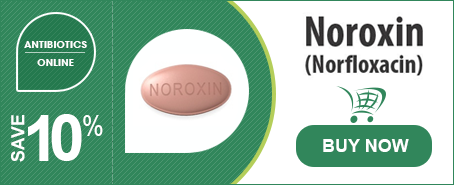Noroxin
Noroxin is an antibacterial agent from the quinolone family. It is a fluoroquinolone.
It is indicated for the treatment of certain susceptible bacterial infections, in particular acute uncomplicated cystitis, other lower urinary tract infections, certain upper urinary tract infections and gonorrhoea.
This medicine may also be used specifically in the gastrointestinal sphere.
What Does Noroxin Contain?

The active substance is: Norfloxacin 400 mg per film-coated tablet.
The other components are:
- Core: povidone K25, sodium carboxymethyl starch type A, colloidal anhydrous silica, magnesium stearate, microcrystalline cellulose
- Film coating: hypromellose, talc, titanium dioxide (E171), propylene glycol, orange yellow S (E110).
How To Take
Acute uncomplicated cystitis: 800 mg per day in 2 doses, for 3 days.
Other lower urinary tract infections, certain upper urinary tract infections, gonorrhoea: 800 mg per day in 2 doses.
According to therapeutic recommendations, norfloxacin should only be used in the gastrointestinal tract for the prevention of spontaneous infection of ascites fluid in patients with cirrhosis: 400 mg per day in 1 dose.
Method of administration
Take by mouth.
Swallow the tablets with a glass of water. They should not be taken with milk or milk products.
Frequency of administration
Once or twice a day.
Duration of treatment
For this medicine to be effective, it must be taken consistently at the prescribed doses and for the full duration recommended by your doctor.
The disappearance of fever or any other symptoms does not mean that you are completely cured.
If you have taken more Noroxin than you should have - consult your doctor immediately.
Side Effects
As with all medicines, this medicine may cause undesirable effects, but they do not occur systematically in everyone.
- abdominal pain and cramps, nausea, diarrhoea, loss of appetite, burning of the oesophagus, pseudomembranous colitis, pancreatitis;
- In the event of diarrhoea occurring during treatment with this medicine, consult your doctor as soon as possible;
- rash, itching, photosensitisation, vascular purpura, inflammation of the skin with elimination of dead cells, other skin disease, severe blistering and burning of the skin all over the body;
- muscular and/or joint pain, tendonitis with exceptional ruptures that may affect the Achilles tendon, among others, which may occur from the first days of treatment and affect both legs, increase in creatine phosphokinase;
- convulsions, headaches, sleep disorders, dizziness, hallucinations, confusion, depression, anxiety/nervousness, irritability, euphoria, noise, buzzing, whistling, but which does not correspond to any external sound, lacrimation, tingling of the extremities, tremors, brief and abnormal muscular contraction, disorientation, damage to peripheral nerves, aggravation of myasthenia;
- urticaria, swelling of the throat, lips, tongue or face, general allergic reaction, difficulty breathing;
- prolongation of the QT interval diagnosed by a doctor;
- anaemia, particularly in patients with G6PD deficiency, abnormalities of other blood components;
- elevation of blood urea and plasma creatinine, renal impairment including interstitial nephritis;
- elevation of liver enzymes or substances, non-viral hepatitis, jaundice;
- vaginal candidiasis (vaginal infection due to certain microscopic fungi).
Cases of widening and weakening of the aortic wall, or tearing of the aortic wall, which may rupture and be life-threatening, as well as leakage of heart valves, have been reported in patients receiving fluoroquinolones.
Stop treatment and contact a doctor immediately in the following cases:
- if an allergic reaction occurs such as swelling of the throat, lips, tongue or face or tingling;
- in the event of a severe reaction on exposure to the sun or a skin reaction such as rash, oedema or blistering;
- in the event of tendon pain;
- if your myasthenia symptoms worsen.
Precautions
Never take Noroxin:
- if you are allergic to fluoroquinolones, to antibiotics of the same family;
- if you have a history of tendonitis with a medicine in the same family;
- for children up to the end of the growth period;
- if you are breast-feeding, administration of this medicine is contraindicated.
Before taking this medicine
You should not take norfloxacin, if you have already experienced a serious adverse reaction in the past when taking a quinolone or fluoroquinolone.
Talk to your doctor or pharmacist before taking Noroxin if:
- you have been diagnosed with an enlargement or "bulge" of a large blood vessel;
- you have been diagnosed with heart valve leakage;
- you have had a previous episode of aortic dissection;
- you have a family history of aortic aneurysm, aortic dissection or congenital heart valve disease, or have other risk factors or predisposing conditions.
Avoid exposure to the sun or ultraviolet radiation during treatment, as there is a risk of photosensitisation.
It is important to tell your doctor if you have a history of convulsions or myasthenia.
While taking this medicine
- if you experience sudden, intense pain in the abdomen, chest or back, which may be symptoms of an aortic aneurysm or dissection, go immediately to the emergency department. Your risk may be increased if you are being treated with systemic corticosteroids.
- if you suddenly feel short of breath, particularly when lying in bed, or if you notice swelling in your ankles, feet or abdomen, or a new onset of heart palpitations, you should tell a doctor immediately.
Pain and swelling in the joints, as well as inflammation or rupture of tendons, may occur in rare cases while taking norfloxacin. The risk is higher if you are over 60, have had an organ transplant, have kidney problems, or are taking corticosteroids. Tendon inflammation and ruptures can happen as early as 48 hours after beginning treatment and may occur up to several months after stopping norfloxacin. If you experience any signs of tendon pain or inflammation, stop taking norfloxacin immediately, contact your doctor, and rest the affected limb. Avoid unnecessary exertion, as this can increase the risk of tendon rupture.
In rare cases, symptoms of nerve damage (neuropathy) such as pain, tingling, burning, numbness or muscle weakness may occur, particularly in the feet and legs or hands and arms. In this case, stop taking norfloxacin and inform your doctor immediately in order to prevent the development of a potentially irreversible condition.
Driving vehicles and using machines
Due to the risk of neurological disorders, you should be aware of your own reaction to treatment before engaging in activities requiring a certain degree of vigilance, such as driving a vehicle or operating machinery.
This medicine contains an azo dye, orange yellow S (E 110), which may cause allergic reactions.
Pregnancy and Breastfeeding
As a precaution, it is best to avoid using this medication during pregnancy. If you find out you are pregnant while undergoing treatment, contact your doctor immediately. Your doctor will be able to adjust the treatment to suit your condition.
It is not recommended to breast-feed after taking this medication, as the drug can pass into breast milk.



